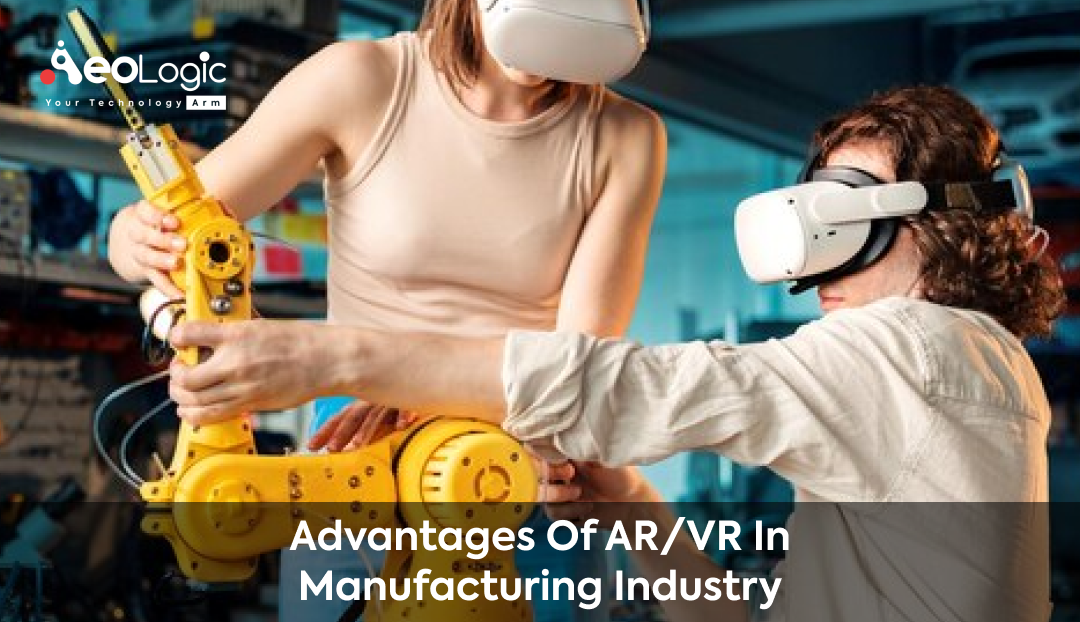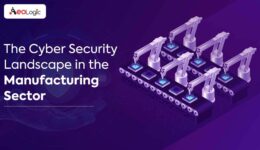Manufacturing keeps changing and the future of it cannot be separated from technology. Augmented Reality (AR) and Virtual Reality (VR) are some of these technologies that have become popular in recent years. They are proving to be ground breaking tools giving a whole new perspective of benefits in the manufacturing sector that takes into account productivity, effectiveness, and increased safety. In this article, we are going to discuss with you the advantages of AR/VR in manufacturing industry and how these technologies help.
Top Benefits of AR/VR for the Manufacturing Industry
1. Enhanced Training and Skill Development
Immersive training experiences for employees are one of the main advantages of AR/VR in manufacturing industry. Many of the traditional training methods are time consuming and require physical presence. With AR/VR for instance, employees can be trained remotely without factoring on the factory.
Cost-Effective Training
Training costs of the material, equipment and travel are dramatically reduced through AR/VR training programs. Virtual simulations can teach employees how to handle complex processing and operation of machinery thereby minimizing errors and accidents when in real world tasks.
2. Improved Design and Prototyping
AR/VR is possible solution for manufacturers which have become more popular because with their help manufacturers can create more effective product design. Through a virtual environment the 3D models are made available to engineers and designers who can see any possible weaknesses or aberrations that can be rectified at that stage before actual production is undertaken.
Faster Prototyping
AR/VR speeds the process of design iteration. This results to decreased period of development, financial savings, and ability to get products to the market quickly.
3. Efficient Maintenance and Repairs
In the manufacturing industry, quality maintenance and repairs are vital in order to guarantee flawless working condition of machines. AR technology assists technicians using real-time information and procedural guide though maintenance work.
Also Read: Top AR & VR Trends to Transform E-commerce in 2022
Reduced Downtime
Technicians using AR-powered maintenance solutions perform tasks more accurately and quickly leading to reduced downtime, thus maximizing production efficiency.
4. Streamlined Assembly Processes
VR-assisted processes can be of great help to assembly line workers, giving them directions in complex assembly tasks. It would have helped workers to assemble products more quickly while committing fewer errors through visual instructions, on a step-by-step basis.
Quality Assurance
AR/VR systems can be used in this assembly process to check the quality of their commodities to confirm whether they meet the company standards. Thus, it is possible to detect promptly any deviations or defects.
5. Enhanced Remote Collaboration
In the current industrial revolution in manufacturing, the empowerment of remote collaboration is gaining ground. AR/VR technologies enable teams to work together even if they are in different parts of the world.
Real-Time Communication
Experts from diverse locations may be working together in real time via virtual meeting and augmented reality interfaces. This results in quicker decision making and problem solving which finally speeds up production process.
Also Read: The Difference Between Virtual Reality and Digital Twin
6. Safety Improvement
The use of AR/VR in performing the simulation can expose workers to dangerous scenes without the involvement of dangers. This promotes the prevention of workplace accidents and injuries.
Hazard Identification
Equally important, AR technology can also help identify possible safety threats that exist in the factory floor by overlaying real-time information into the periphery of a worker so as to appreciate and protect themselves from potential dangers.
In the manufacturing industry, safety is a top priority and AR/VR technology help to make a safe work place. Let’s explore three additional ways in which these technologies enhance safety on the factory floor:
Remote Equipment Diagnostics: Using AR/VR, remote diagnostics can be carried out in the case of machinery and equipment essential for experts to assess the condition of such critical asset. This eliminates the necessity for on-site inspections that may potentially lead to accidents during the routine checks.
Emergency Response Training: VR simulations can help manufacturers train their employees on emergency scenarios including fires, chemical spills or equipment breaks. It enables workers to react in the necessary manner in high-pressure circumstances that avert the occurrence of huge disasters.
Safety Compliance Monitoring: This can be achieved via synchronizing AR/VR system to monitor safety compliance through tracking workers following safe practices. This can include the provision of real time alerts and reminders that employees would follow best practices which would reduce the chances of accidents.
7. Remote Equipment Monitoring
AR/VR will enable manufacturers to monitor their machinery and equipment remotely. This facilitates proactive maintenance which reduces the occurrence of unexpected breakdowns.
Predictive Maintenance
Manufacturers are able to anticipate the failure and replacement parts thus reducing downtime by simply analyzing data a collection exercise made using AR/VR systems. Such an approach not only increases machine’s life but also results in seamless production activities and which culminates to high level of efficiency as well as customer delightful.
8. Improved Productivity
Workers are able to get any information instantly by the help of AR/VR technologies thus saving them the time they may spend looking for the manuals or instructions. It enables increased productivity on the shop floor.
Reduced Human Error
Visual aids and real-time guidance could reduce the likelihood of human errors, which would drive higher product quality and lower rework rates. In addition, the immediacy of sharing information and collaborating in virtual space removes communication delays, increasing overall productivity. Consequently, calling for the adoption of AR/VR in their practices increases efficiency and responsiveness of manufacturing processes to market demands, which leads to increased profitability.
9. Customized Training Modules
This can be as such where manufacturers would develop tailor made AR/VR training modules for different job roles and tasks. This is to ensure that employees receive training that is intended for their tasks.
Skill Development
When trained customised training help in skills development and cross-training to let employees to get some new skills and text them out.
In addition, since they are customized generic training modules, new processes or technologies can be easily included when they emerge so that the workforce remains current on the state of the art within their industry. AR/VR based training thus provides American manufacturers with additional flexibility and value addition, making it an important component of practices in modern manufacturing.
10. Competitive Advantage
Early adoption of AR/VR by manufactures ensures that their competitive advantage remains undiluted in the market. This is an indication of how the company is innovative and committed to efficiency which can be used to attract customers as well as investors. Since the firms are pioneers, they set themselves as the stakeholders in accepting new solutions for manufacturing problems.
Meeting Industry 4.0 Standards
AR/VR is in line with the principles of Industry 4.0 whose foundation is automation, data exchange and smart manufacturing. These are the brands well placed to meet the needs of the future using these technologies. With this line of thought, it maintains its relevance and partners with other technology firms. Strategically, it can also encourage involvement in industry programs and standard-setting organizations that help complement a company’s status as an industry leader.
Also Read: How VR and AR Boost Customer Experience in Retail
Final Words
The advantages of AR/VR in the manufacturing industry are clear and impactfut. They offer a lot of benefits, ranging from enhancing training and skill development to improving design, maintenance, and collaboration that drive productivity up, bring down costs and enable safety. AR/VR will be crucial in defining the future success in the manufacturing sector as it metamorphosis. By adopting this technologies, manufacturers can become the pioneers in terms of innovativeness and competitiveness in a quickly progressing world.







